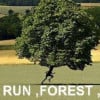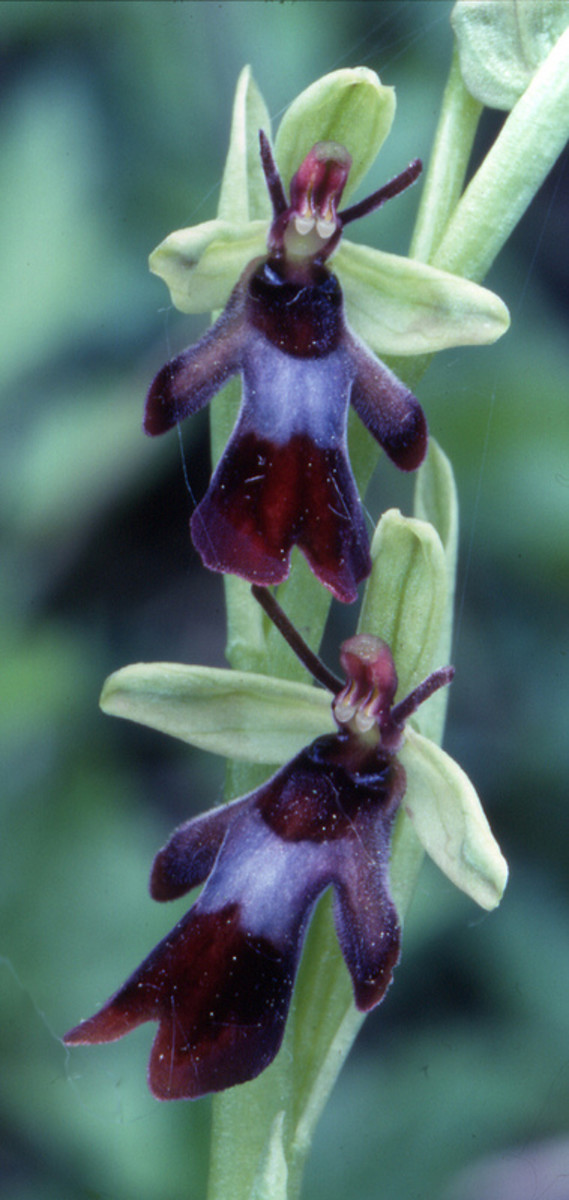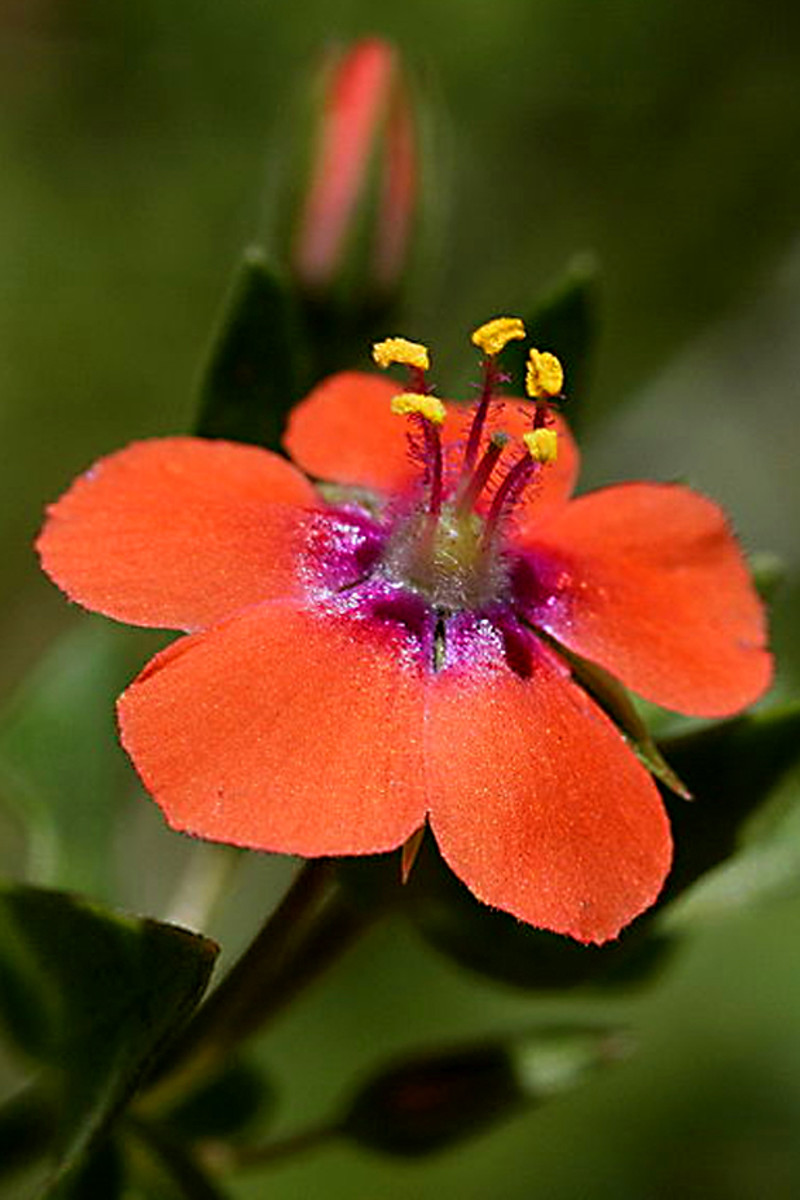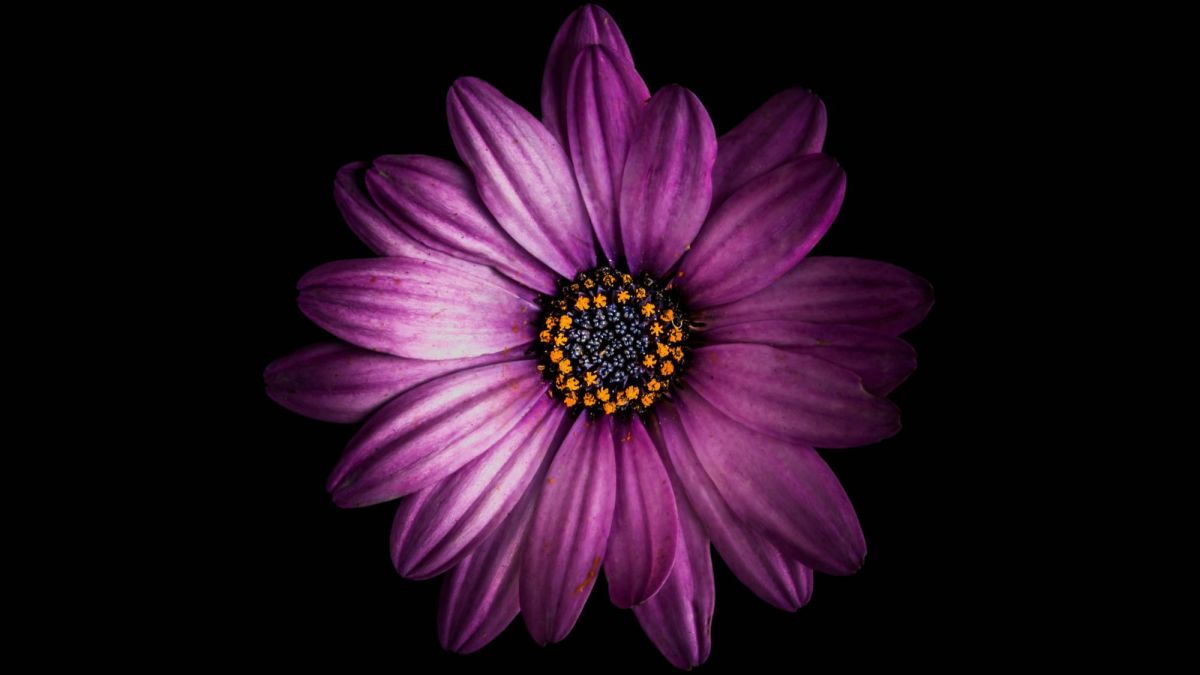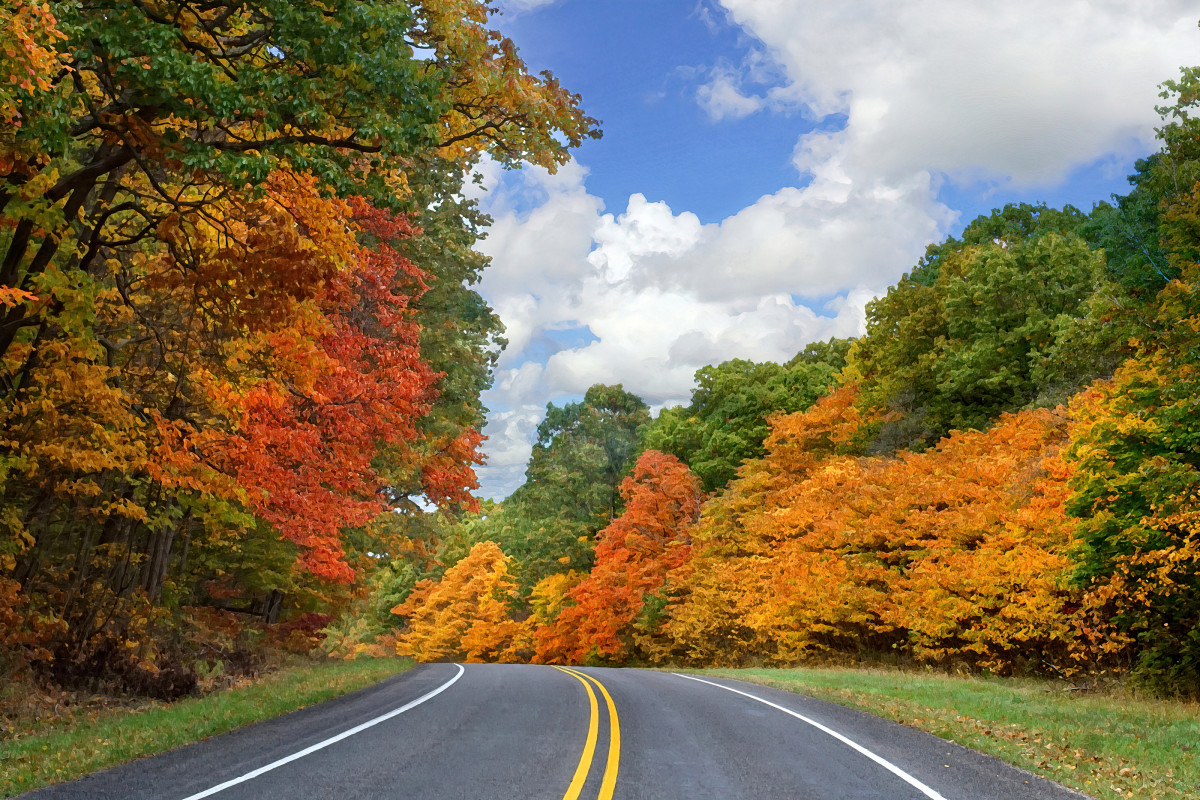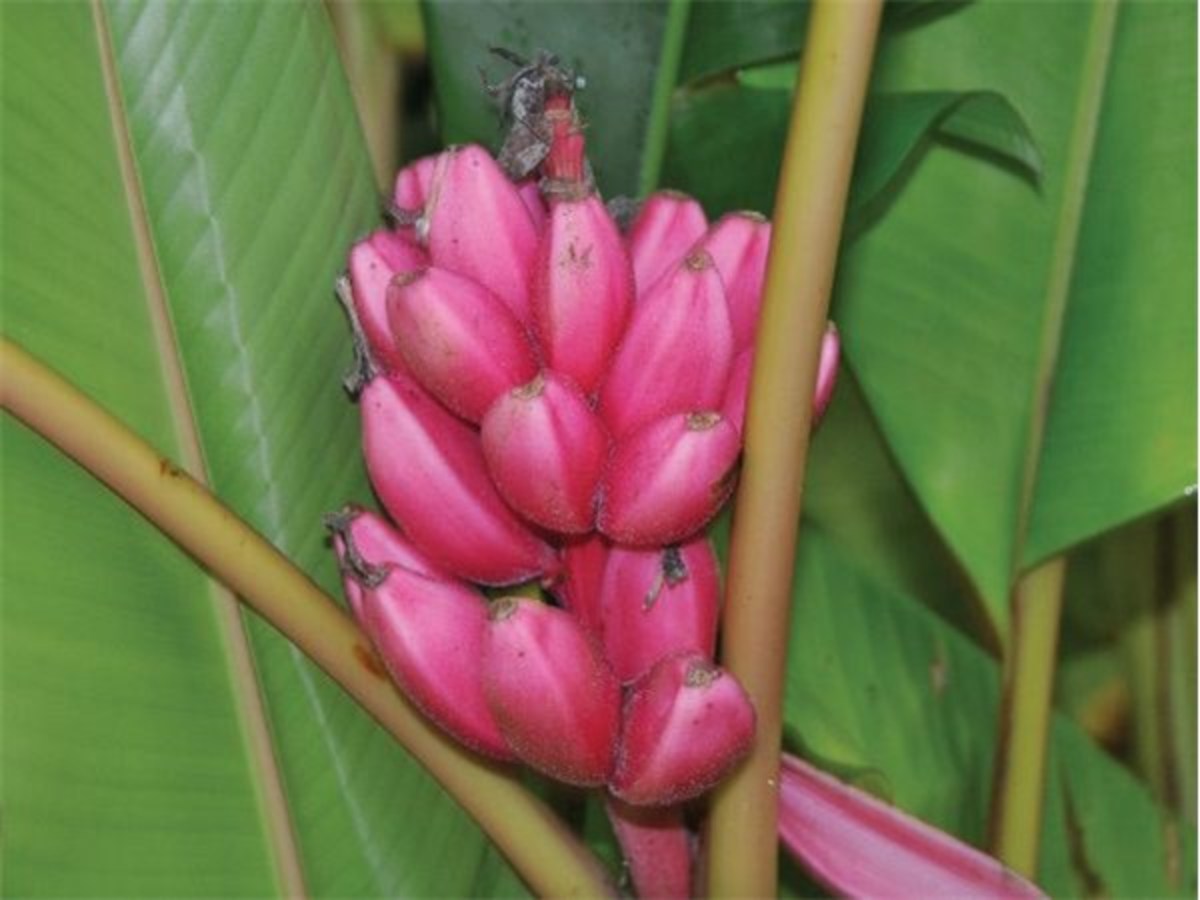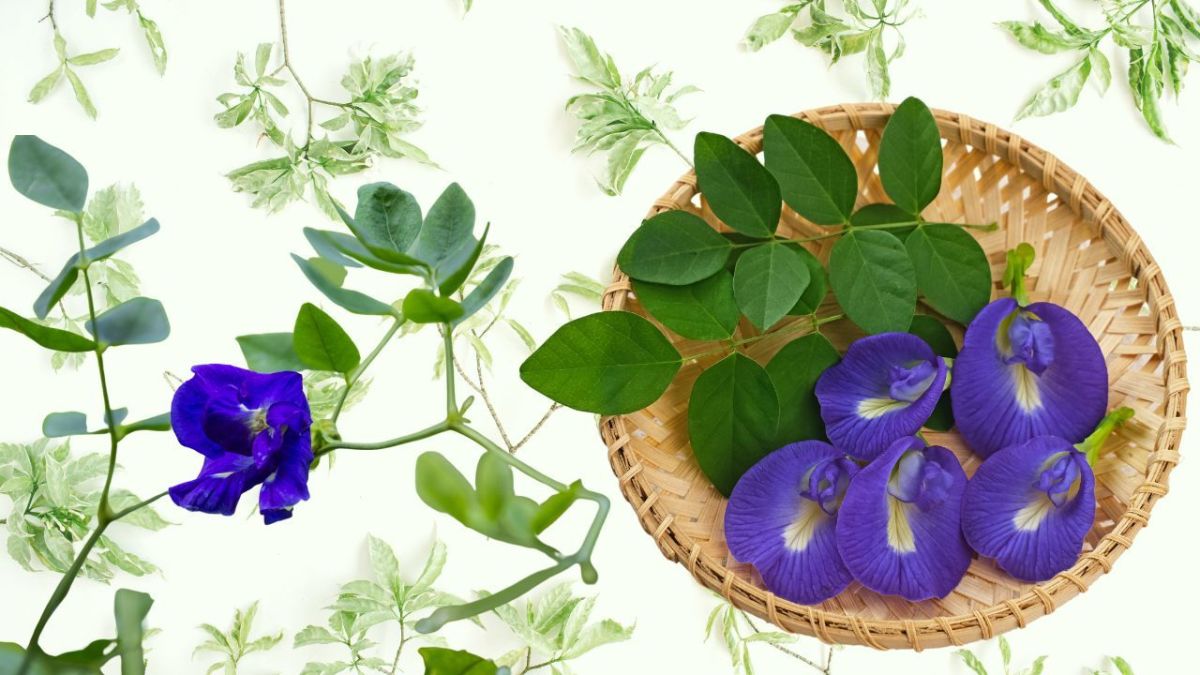Some Strange and Wonderful Plants
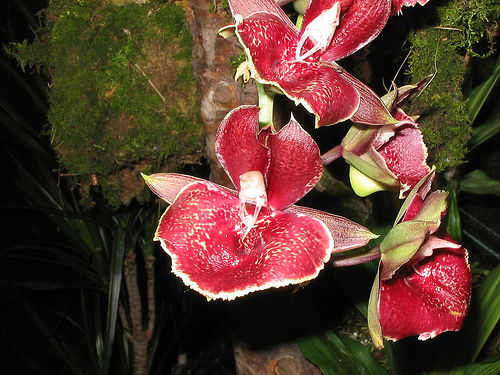
Wollemi Pine
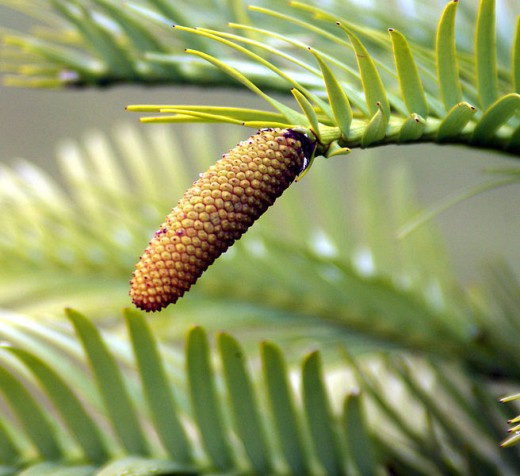
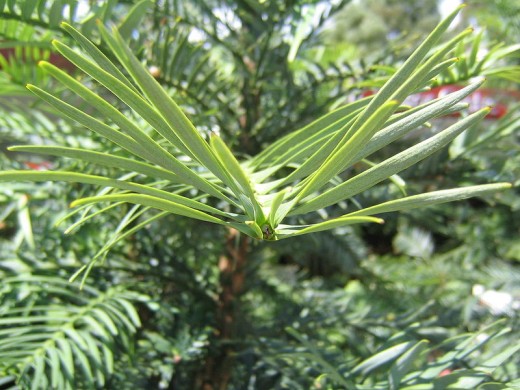
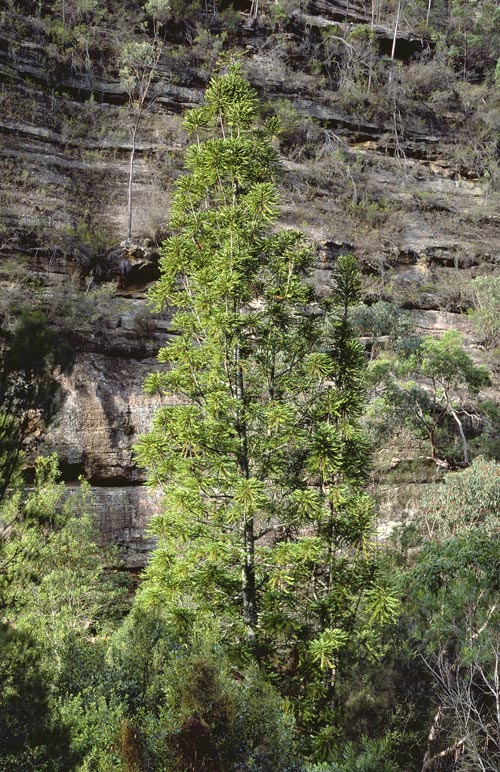
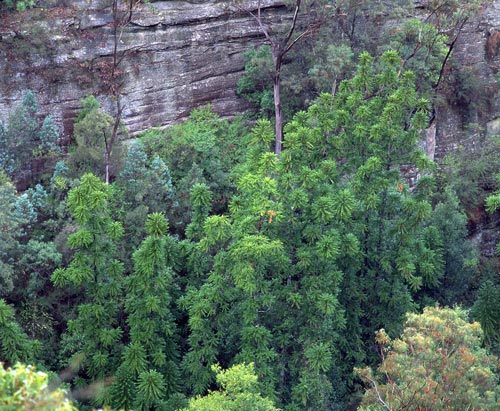
Wollemi Pine(Wollemia nobilis).
This rare and ancient species of tree is the sole living member if its genus, which originated 200 million years ago. However it was not discovered until around 10 yrs ago in a national park in Australia. The Wollemi Pine is considered a living fossil and of the 100 specimens still existing in their natural state in the wild some are thought to be between 500 and 1,000 years of age.
they have an unusual dark green foliage and the bark is bubbly and dark brown. The trees can reach a height of up to 40 metres and their trunks have been measured to show a diameter of around 1 metre. Their produce seed cones which are green to begin but once old and dried out they open to release a flat brown seed. These cones grow only on the end of each small branch a quite unusual feature.
They are being cultivated now, but it is hoped that the remaining wild specimens will if given help and time flourish and thrive.
- The Lungs of the World
Trees are one of our most versatile resources and as with all other natural resources we have only in recent years really understood this. I am hoping you will read, and be encouraged to go and plant, even a little tree , somewhere.
Pelican Flower
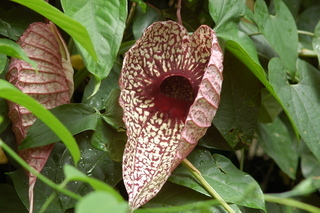
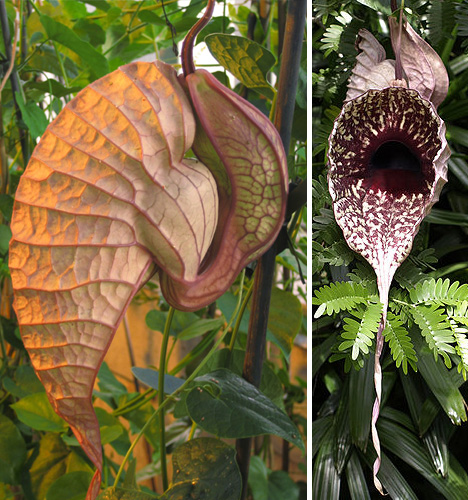
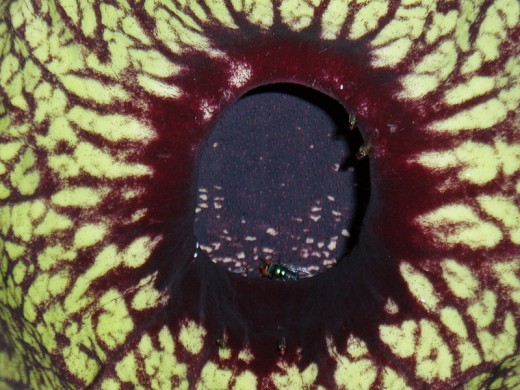
Pelican Flower(Aristolochia grandiflora)
This extraordinary looking flower grows from thick , deciduous vines and is native to the Caribbean. It has also been introduced in Florida,USA. as an attractor for BUTTERFLIES,which are becoming increasingly depleted in numbers.
In the wild it grows in thickets and gullies near streams and in Tropical Forests. This amazing looking flower has big inflated chambers and very colourful , intricately coloured veins. But, its aroma is disgusting and reminicent of dead rodents,mice to be exact. This is done to attract its pollinators, but a have seen a warning that it is best for humans not to get too close because the cloying stink stays with you for quite a while!!
It is a flower that is used in traditional medicine, and is also a food plant of the Tropical Swallowtail Butterfly.
However a word of warning .....it is, unless used with proper care and advice poisonous to both humans and animals
- Alarming decline of our colourful Butterflies
The enviromental and ecological problems that we as humans are dealing with are mostly manmade. I know it is late in the day, but people really need to take note if they want to see future generations survive and thrive.
A very rare Orchid Geodorum eulophioides
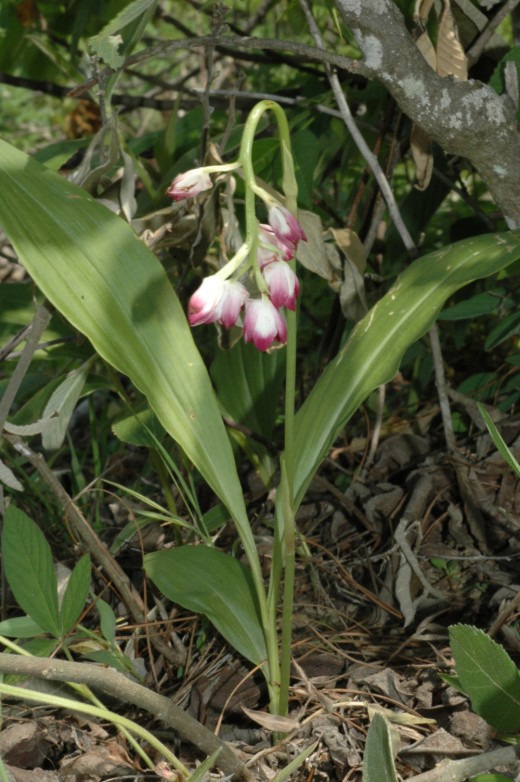
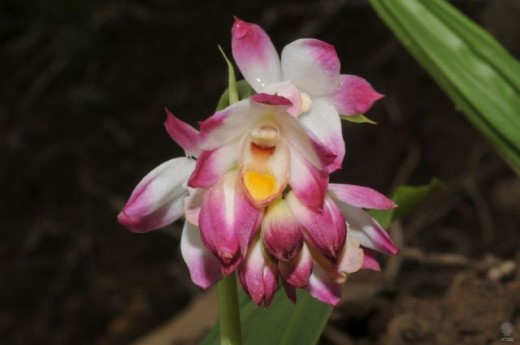
This lovely and extremely rare Orchid was thought to be extinct for nearly eighty years.
However in 2006 it was rediscovered and there have been huge efforts ever since to ensure it's survival in the wild. It proved to be very hardy and strong because it actually survived land clearance by a Chinese villager who wanted the space to grow Eucalyptus...a cash crop.This had been done illegally, and where he cleared was the last known surviving and viable population in the wild.
- 中国科学院西双版纳热带植物园
this link takes you to a site that gives updates on what is happening on this particular orchid and other plants out there. It can be viewed in English.
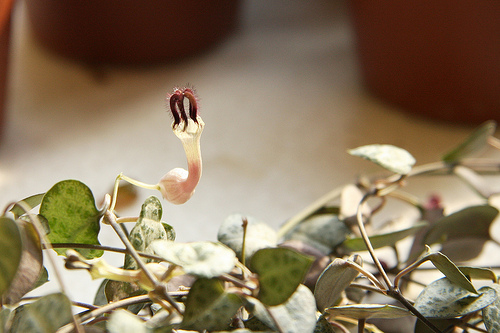
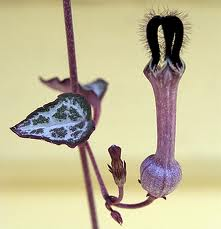
Parachute Flower(Ceropegia woodii)
This very unusual looking flower goes under a number of names including wine-glass vine, parasol flower,lantern flower, rosary vine and condom flower. It grows off stems that can reach 4ft in length and has fused petals and a tube-like protuberance with a hairy "knob" on the end.
Insects are attracted to its disgusting perfume and get trapped by the hairs. But, this flower does not want to eat them, simply keep hold of them until the hairs shrivel and dry. It does this because once the insects are free from the dead hairs they fly , or crawl off covered in the Parachute Flowers pollen.
This really quite unusual looking and smelling plant/flower has its origins in Madagascar, Arabia, India, Sri Lanka and New Guinea. It can also be found in Queensland, Australia.
Hydnora Africana
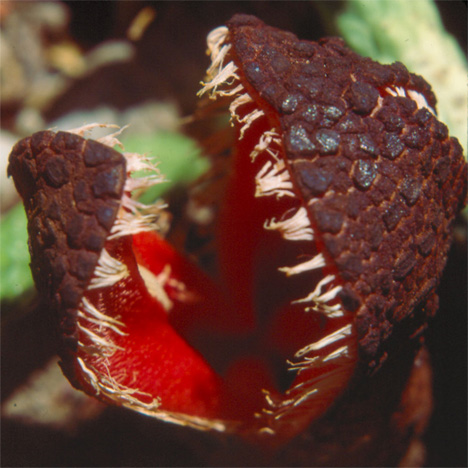
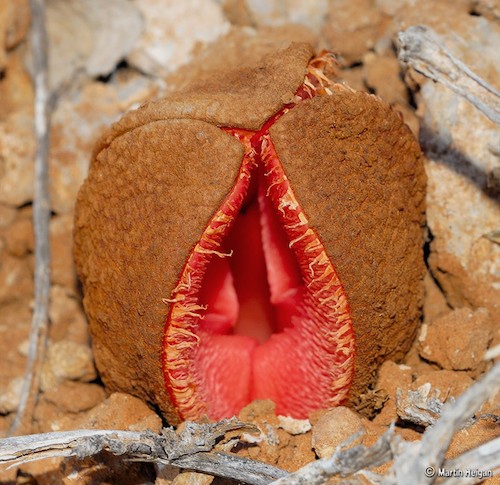
Hydnora Africana.
This very strange looking, and rather ugly flower grows mostly underground with only its flower head emerging above the surface. This looks like some scaly , sightless animals open mouth, well partially open anyway.
Hydnora is in fact parasitic. It grows off the roots of members of the Euphorbia Family, and is native to South Africa.. The flower gives off a pungent aroma which attracts Dung Beetles and Carrion Beetles which are it's natural pollinators. In fact the flower heads act as a trap, but not to kill. They simply hold the beetles for a while and then once fully opened the insects can scurry away carrying a load of Hydnora's pollen with them.
